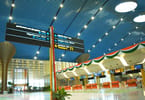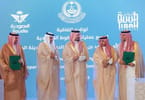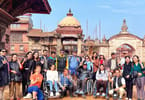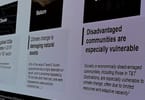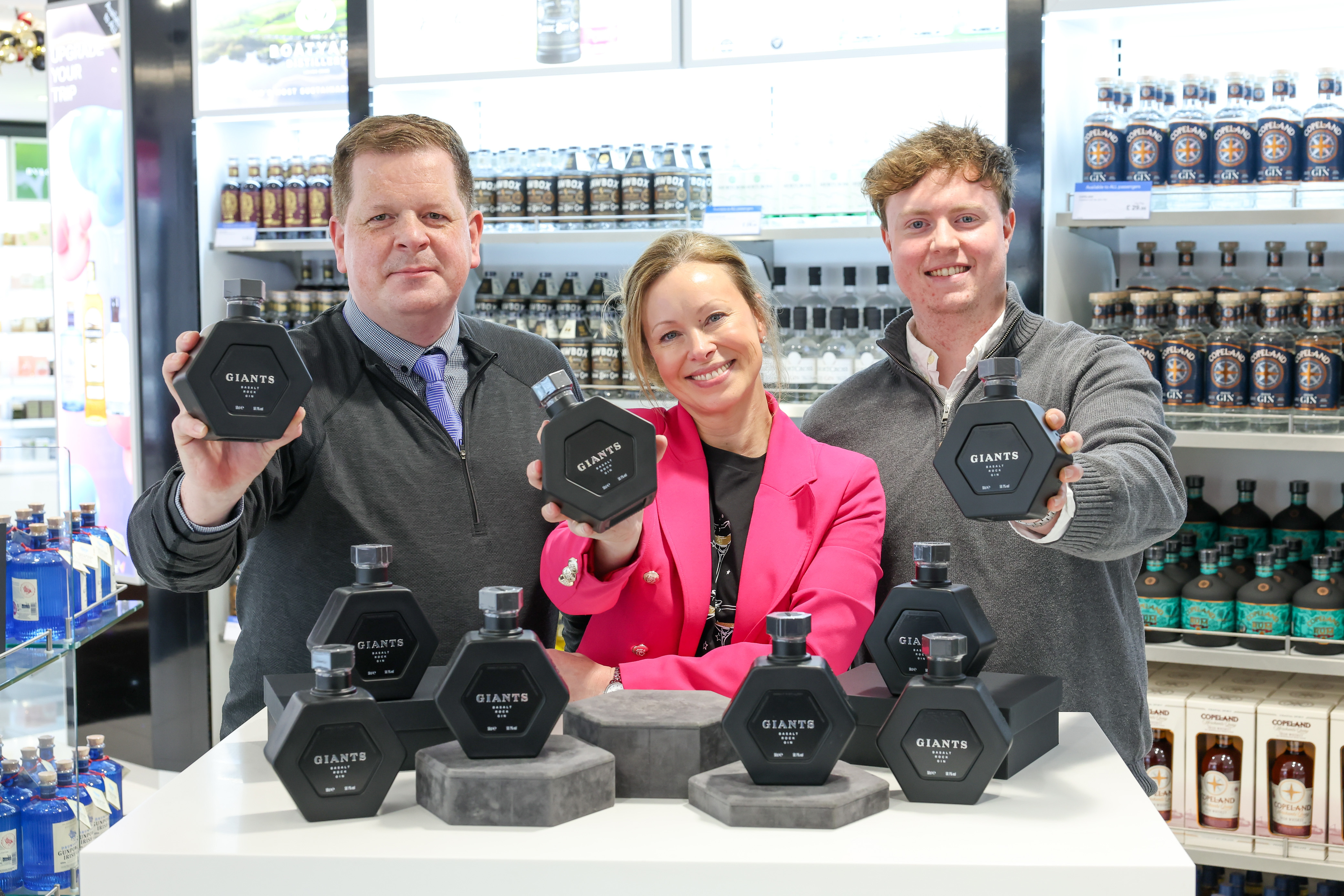In a special ceremony for more than 200 invited guests and media, the contractors handed “the key of the door” to Cape Town’s Executive Mayor, Alderman Dan Plato.
As the biggest project of its kind ever undertaken in Cape Town – the total cost was R4.5 billion – it is widely regarded as a triumph in both design and construction. Concept designers were GMP Architekten from Germany, while detail design was done by Louis Karol and Associates and Point Architects.
The main building contractors were Murray and Roberts and WBHO, two of South Africa’s largest construction companies. The city was assisted by a multi-disciplinary professional team who oversaw the project.
The project got off to a late start on March 26, 2007, after a lengthy public participation process, which included an environmental impact assessment, rezoning and building plan approval, feasibility studies, and some legal challenges from local residents.
During the construction process, some 2,500 workers were employed, and 1,200 artisans received training from the contractors.
For the 2010 World Cup, the stadium will have 68,000 seats, but 13,000 will be removed after the event and used at other City of Cape Town facilities.
After the World Cup, the stadium will be operated commercially by Stade de France, a company that runs a massive stadium of the same name in Paris and the South African sports marketing company SAIL. It is anticipated that the stadium will be used for rugby and soccer matches, music concerts, religious gatherings, and spectaculars.
SA SOCCER HAS ITS ROOTS AT GREEN POINT
Green Point is the birthplace of soccer in South Africa. The first recorded public game was staged on the common in 1862, but it differed slightly from the modern game in the sense that it was played by “Winchester Rules,” which allowed handling of the ball. The friendly match was played between 15 army officers and the same number of civil servants and it ended in a goal-less draw.
It is, therefore, fitting that eight World Cup matches – five first round clashes, one second round, one quarter-final, and one semi-final – should be played on the site where “the beautiful game” began in South Africa.
THE ROOF AND OUTER FACADE
The 37,000-square-meter glass roof absorbed a high proportion of the costs and is an engineering “first” for Africa, using technology and components from Germany, France, Spain, and South Africa. Weighing 3,750 tons, the roof is made up of 9,000 laminated glass panels that allow in the natural light but also contain the noise.
An outer façade made from fiberglass mesh contains the light and noise and, when lit up at night, gives the impression of a floating lantern.
NEW SPORT AND RECREATION PRECINCT
The stadium site occupies 18 hectares of the 80-hectare Green Point Common, which is being upgraded and reconfigured to meet high environmental standards and to provide extensive recreational and sporting facilities. It includes a vastly-improved, 9-hole golf course, sports fields, and a new 12.5-hectare urban park. Water ponds for irrigation will be fed by water from the stadium roof and from a spring in Oranjezicht, thus reducing dependence on potable water.
WHAT TO TAKE AWAY FROM THIS ARTICLE:
- After the World Cup, the stadium will be operated commercially by Stade de France, a company that runs a massive stadium of the same name in Paris and the South African sports marketing company SAIL.
- The first recorded public game was staged on the common in 1862, but it differed slightly from the modern game in the sense that it was played by “Winchester Rules,” which allowed handling of the ball.
- The 37,000-square-meter glass roof absorbed a high proportion of the costs and is an engineering “first” for Africa, using technology and components from Germany, France, Spain, and South Africa.





